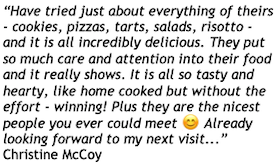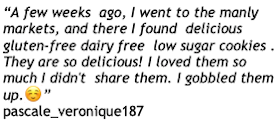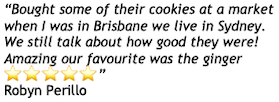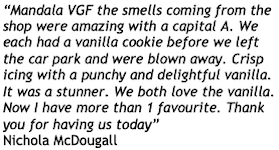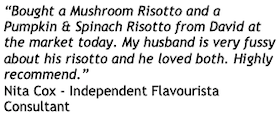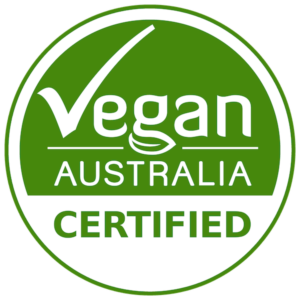
Do, or not do. There is no try.
We’re paraphrasing Yoda here (his advice to Luke Skywalker in The Empire Strikes Back) but this pretty much sums up our feelings on the subject of food labelling.
There are of course rules around food labelling and, although they do differ from country to country, the general idea is to allow people to make choices about what they eat and – in some cases – actively avoid those that they either simply want to avoid or have to to avoid getting sick.
The most obvious one here is gluten, although other food allergies can have serious consequences too (for example seafood allergies).
Our beef – no pun intended – is that major food manufacturers produce foods that, on the front of the packet seem to be perfect – they may even use terms like ‘vegan friendly’ but when you check the small print on the back you come across that get out clause ‘may contain’ or ‘may be present’, often with quite a long list of things you’d prefer not to ingest.
Mandala VGF made the decision before opening that we would not use any of these terms, and so to do this we needed to commit to operating our commercial kitchen completely free of the two ingredient types that are at the root of many (even most) dietary issues – gluten and animal products.
This means that when we are hunting down ingredients for our foods, we simply cannot use any that have these dreaded phrases on the back of the packet. You’d be surprised at some of differences between major shop and supermarket chains – common ‘home brand’ items that on the face of it have no reason to contain any gluten or animal products often have a ‘may be present’ statement at one major supermarket, but not at the other. Not only this, but occasionally products we use change their ingredients on the fly, making vigilance imperative. Sometimes these changes are bad, ie they add a ‘may contain’ statement, and sometimes they are good, namely they remove it!
From our perspective this makes supply purchasing a lengthier process – all ingredient products must be checked before buying and the discrepancy between outlets means we generally have to visit several outlets rather than just one.
When we – as individuals – first adopted a gluten free diet and then, a few years later added a vegan diet to it, a simple visit to the supermarket became very time consuming. Interestingly ‘just’ being one or the other is fairly straightforward but, as we’ve alluded to here, once you add the two together you are at an altogether different level, and your available foodstuffs in a supermarket shrink considerably!
It is getting better, but there’s a long way to go.
A final note
We realise that some of our food ingredients can cause dietary problems for some customers, especially nuts and soy. We avoid the terms ‘may contain’ and ‘may be present’ preferring instead to list these under the term ‘allergens’ on the basis that, although they are only present in specific foods we make (eg our Peanut Butter and Italian Almond cookies), the fact that they are made in the same facility may result in cross contact.



